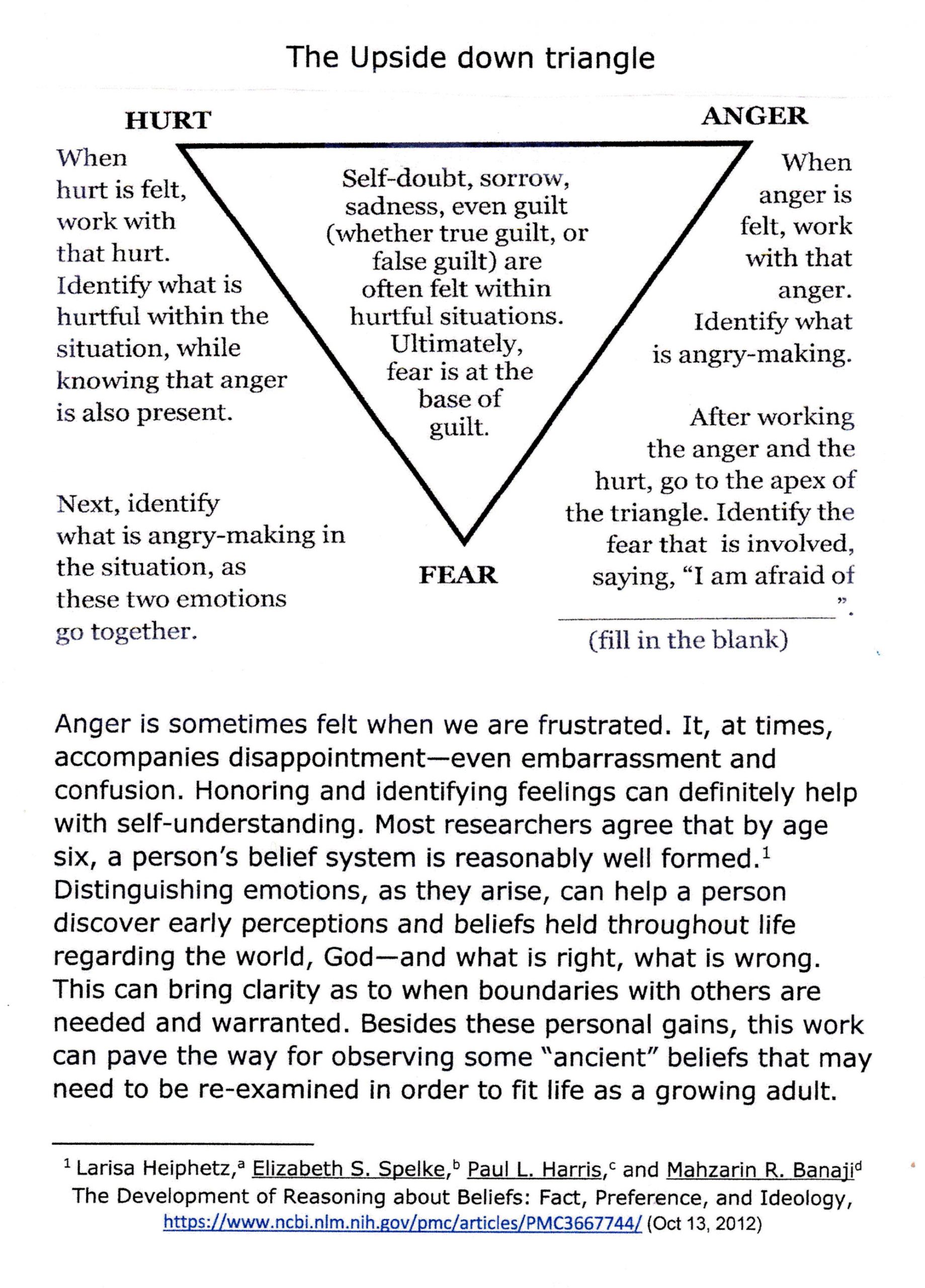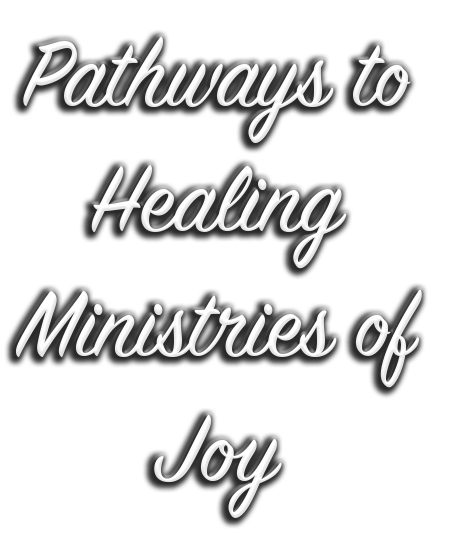
By Chaplain Joy L. Smith, MA
Few people realize that validating their emotions is one of the best things they can do for their physical health, as well as for their emotional and mental health. Many people fear their emotions, as they don’t know how to manage them. Many are even ashamed when the “not-so-good feelings” come up. But, having emotions that feel good and those that feel bad is part of being human. Feelings are neither right nor wrong. They just are. Dr. Gordon Mate, author of When the Body Says No, 1 warns that serious health problems result when difficult emotions are ignored. For this reason, it is wise to reverse that pattern and avoid such vulnerability. We can pay attention to what is thought and felt. This allows us to identify our perceptions of what is happening, while also scrutinizing existing beliefs that may need changing. Although this work takes time and effort, the payoff is great. For me, the work sees me having no more bouts with life-threatening illnesses. Those many hospital stays are behind me! And, I have much less stress. It doesn’t matter what age we are, young or old, our bodies are negatively impacted by stress when we are unable to acknowledge our emotions. Whether we do this work privately or with a counselor, it is vitally important to address our pain in life. However, only close, trusted friends and certain caring family members are interested in hearing about our difficult emotions. Others have their own to deal with. Choosing the right person as a confidant brings a sense of safety.
Dr. Mate makes a case for believing we will live longer and enjoy better physical health if we honor and identify our emotions. He writes, “The single greatest risk factor for death–and especially for cancer death–was what the researchers called ‘rationality and anti-emotionality or R/A.’” This state-of-being happens for a person when only good feelings are allowed to the exclusion of dealing with difficult feelings. With “rationality and anti-emotionality,” most of a person’s thought life is lived out in the left hemisphere of the brain where logic and analytical abilities formulate. For the most part, it is the right hemisphere of the brain that involves our emotions. So, it is the right hemisphere of the brain that many people are inclined to stifle. Dr. Mate calls the inability to handle difficult emotions a “hyper-rational, non-emotional coping style.” Unfortunately, this pattern of denying difficult emotions results in considerable personal loss: Loss of emotionality, receptivity, creativity, and even a loss of health. What needs to be done to achieve good emotional health is clear. It takes recognizing when something happens about which you don’t feel good. Then, run a check with yourself asking, What is it that I am feeling? Am I hurt about this? “Or, sad about this?” Am I frustrated? Irritated? Disappointed? Am I angry? Does this cause me to fear? Is guilt what I am feeling?”
The first step toward healing is to claim the “right to feel.” The second step comes through taking the time to identify exactly what it is that we are feeling. The third step is having the courage to prayerfully seek to know what lies beneath these difficult feelings. This enables us to see where we need to grow and to be healed. It is essential to realize that anger and hurt go together. When we are angry, there is also hurt involved. When we are hurt, there is always an element of anger that accompanies that pain. Underneath hurt and anger lies fear. Power to succeed in this work comes through telling God specifically what we are feeling. Then, purposely releasing each difficult emotion to God. The subconscious mind releases more easily when we mentally “see” all this emotion moving away from us, while initiating strong resolve to be done with them. The Lord is our elder brother in Scripture. We can envision God’s work in our lives through picturing Jesus at work in the process. This aspect is excellent, as the act of imaging something mentally allows the healing work to reach the subconscious mind which works with pictures. We see this through the way the subconscious sends us dreams. So, this part of our being needs pictures in order to get on board with what we want. Creating mental pictures that show the subconscious mind the desired goal will bring the desired results more readily. It helps to think of an upside-down triangle while doing this work. The illustration on the following page shows that when we have anger, we have hurt. And, when we have hurt, we have anger. Both are present when either one of these emotions is felt. Remember, healing takes place much more surely when we engage the subconscious mind with pictures, visualizations, and even diagrams.

The Way to Emotional Freedom Anger is present when hurt is experienced. Conversely, hurt is felt when anger is experienced. Identify and release both of these emotions. In the end, identifying and releasing the fear beneath these two emotions is the crucial step. Mentally lift the hurt, the anger, the guilt, and the fear that are felt within a situation, by identifying each emotion separately. Then release each one, by forgiving the person, or the circumstance involved. Forgiving is a process. Keep working the process each time a memory, or new happenstance reminds you of the emotional pain felt. Given time and effort, you will find the memory of that past event holds little, or no, discomfort for you. If this process becomes habitual, it is possible to live in emotional freedom, day-by-day. Forgiving is the ultimate key to emotional freedom. Holding on to hurt, anger, fear, and guilt creates excess baggage, reduces your energy, and adversely affects both your body and your psyche (soul).


Leave A Comment